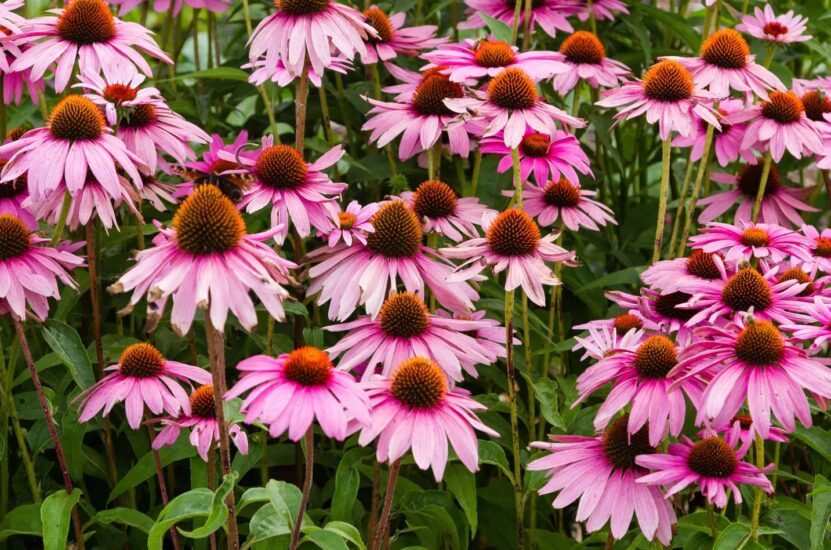Illinois, with its rich biodiversity, offers a plethora of native plants that not only add beauty to any garden or yard but also play a pivotal role in supporting local ecosystems.
Integrating native plants into your landscape is not just an environmentally savvy choice, but it also reduces maintenance and provides year-round visual appeal. Let’s discuss nine of these Illinois treasures and learn how they can transform your outdoor spaces.
1. Purple Coneflower (Echinacea purpurea)
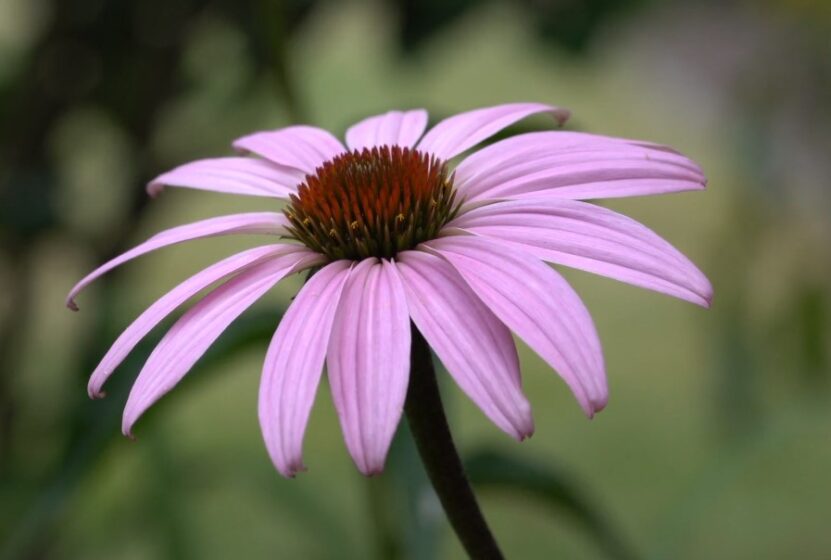
This perennial favorite is recognized by its lovely lavender petals and spiky, orange-brown centers.
Appearance and Features
Purple Coneflower, often just called ‘coneflower,’ showcases tall, sturdy stems that bear vibrant, daisy-like flowers. These flowers not only give your garden a dash of color, but they’re also a magnet for pollinators like bees and butterflies.
Growing Conditions
Fortunately for novice gardeners, coneflowers are hardy and adaptable. They thrive in full sun to light shade and can tolerate drought, making them perfect for Illinois summers. Regular watering and well-draining soil are ideal, but they’re forgiving of less-than-perfect conditions.
2. Wild Bergamot (Monarda fistulosa)
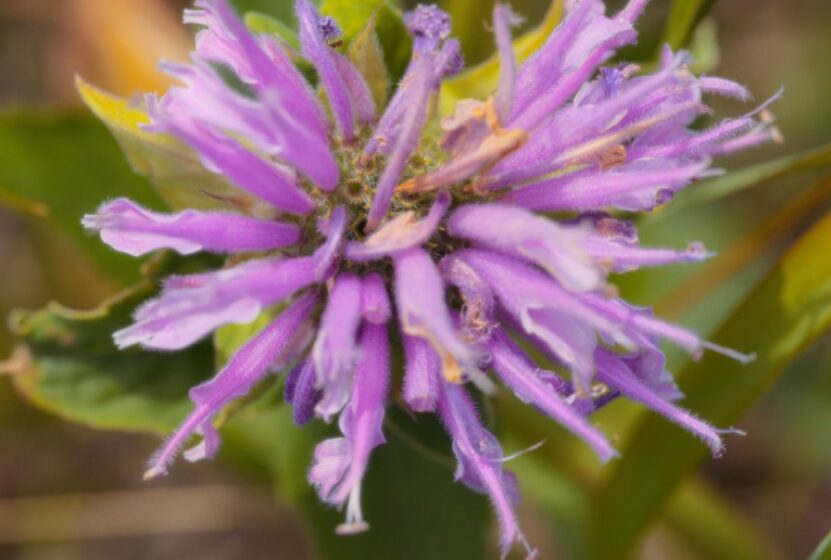
A member of the mint family, Wild Bergamot brings both visual and aromatic pleasures to the garden.
Appearance and Features
This perennial bursts forth with tufts of lavender flowers reminiscent of fireworks. The leaves give off a pleasant, oregano-like aroma when crushed, adding another layer of sensory delight to your garden.
Growing Conditions
Wild Bergamot prefers full sun and is adaptable to various soil conditions. It’s drought-tolerant, but consistent moisture ensures a lush display. With its resistance to pests and diseases, it’s an easy-care choice for both beginners and seasoned gardeners.
3. Prairie Dropseed (Sporobolus heterolepis)
For those wanting to introduce ornamental grasses into their landscape, Prairie Dropseed is a top choice.
Appearance and Features
This native grass forms elegant, fountain-like clumps with slender, arching leaves. Come late summer, it sprouts wispy, fragrant flowers that dance in the wind, followed by golden seed heads in the fall.
Growing Conditions
This hardy perennial grass prefers full sun and can adapt to a variety of soil types. Once established, it requires minimal water, making it a low-maintenance option that still delivers high visual impact.
4. Butterfly Weed (Asclepias tuberosa)
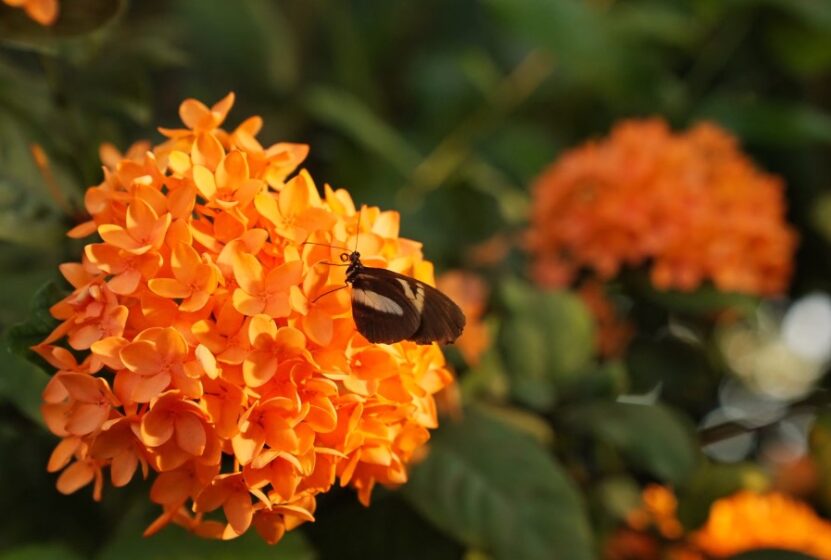
Despite its name, this plant is anything but a weed to garden enthusiasts and butterflies alike.
Appearance and Features
Butterfly Weed, part of the milkweed family, offers clusters of bright orange flowers that are not only beautiful but also vital for monarch butterflies, serving as a food source for their larvae. The great thing is that you can easily grow it in your garden.
Growing Conditions
Adaptable and hardy, this perennial flourishes in full sun and well-draining soil. It’s drought-tolerant, but providing some water during prolonged dry spells ensures optimal growth and bloom. However, if you are planning to go on adventure and collect this and other plants, beware that there are venomous snakes in Illinois.
5. Switchgrass (Panicum virgatum)
Another native ornamental grass, Switchgrass, adds motion and texture to your landscape.
Appearance and Features
Tall, upright stems are topped with airy seed heads that sway gracefully with the breeze. Depending on the variety, you can enjoy hues from deep green to rich red in autumn.
Growing Conditions
Thriving in full sun, Switchgrass is versatile when it comes to soil types. It’s both drought-tolerant and capable of handling occasional flooding, making it suitable for various landscape settings.
6. Lead Plant (Amorpha canescens)
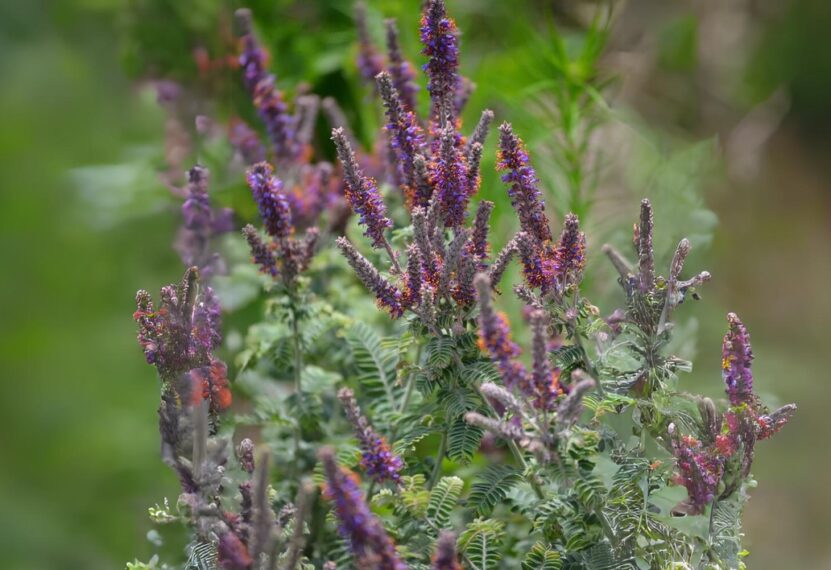
With its unique blossoms and silvery foliage, Lead Plant is a true standout.
Appearance and Features
This shrubby perennial boasts tiny, purplish-blue flowers clustered on spiky stems. Its feathery, gray-green leaves add texture and contrast in garden beds.
Growing Conditions
Lead Plant is adaptable to various soil types and prefers full sun. It’s a low-water plant, making it another excellent choice for those looking to conserve resources while maintaining a beautiful garden.
7. Compass Plant (Silphium laciniatum)
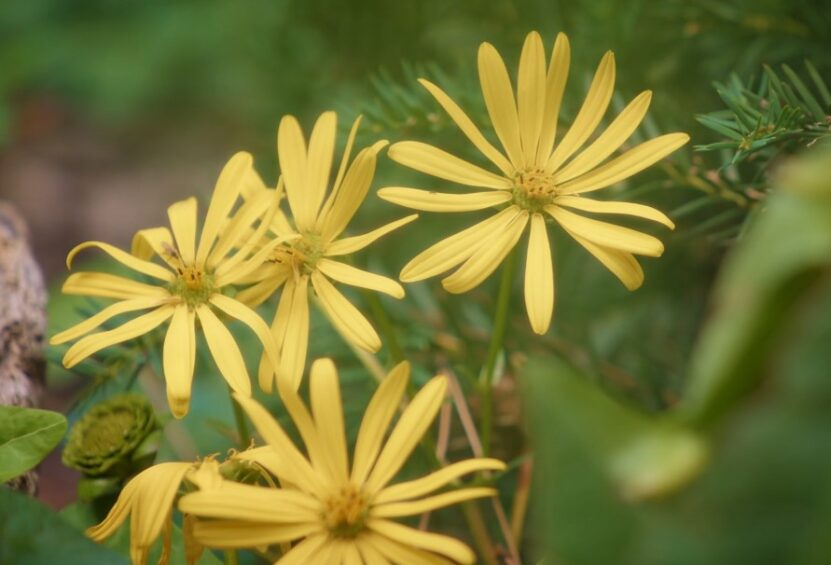
Towering over many garden plants, the Compass Plant is an architectural marvel.
Appearance and Features
Sporting large, deeply lobed leaves, this plant gets its name because its foliage tends to align north-south to avoid the midday sun. Its tall stems bear yellow, sunflower-like blossoms that attract a variety of pollinators.
Growing Conditions
Loving full sun, Compass Plant is drought-resistant but appreciates a bit of extra water during particularly dry spells. It’s best suited for well-draining soils.
8. Wild Columbine (Aquilegia canadensis)
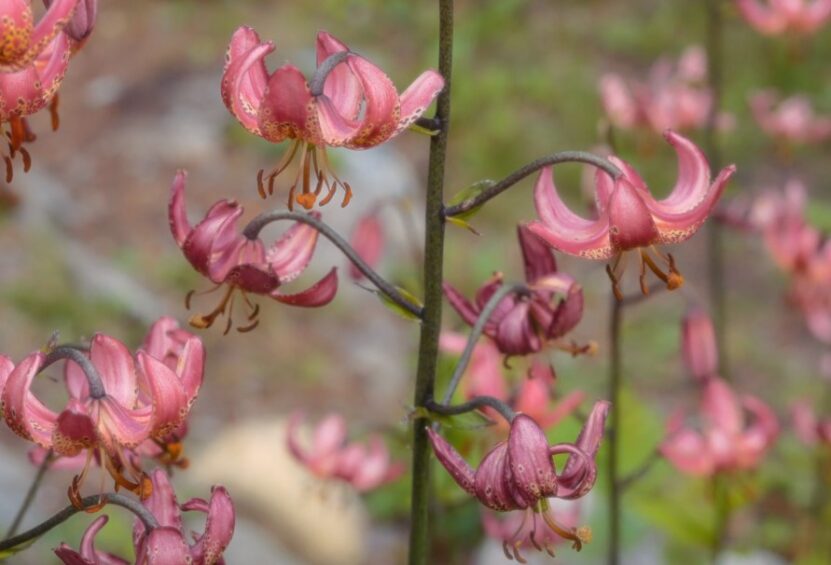
For woodland or shade gardens, Wild Columbine is an enchanting addition.
Appearance and Features
This perennial blooms in spring with unique red and yellow bell-shaped flowers that gracefully dangle from slender stems. It’s a favorite among hummingbirds and garden enthusiasts alike.
Growing Conditions
Preferring partial to full shade, Wild Columbine does best in well-draining soil. While it appreciates regular moisture, it’s also somewhat drought-tolerant once established.
9. New Jersey Tea (Ceanothus americanus)
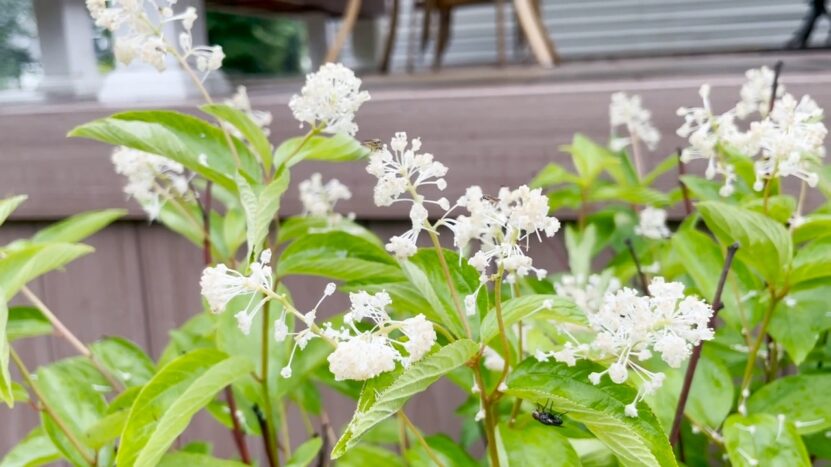
A versatile shrub, New Jersey Tea offers visual interest throughout the growing season.
Appearance and Features
Blooming in late spring to early summer, this shrub produces clusters of white flowers atop dark green leaves. In the wild, it plays a vital role in prairie restoration, making it an excellent choice for ecologically-minded gardeners.
Growing Conditions
New Jersey Tea prefers full to partial sun. While it’s adaptable to various soil types, ensuring good drainage is crucial. It’s also notably drought-tolerant, requiring minimal watering once established.
Benefits of Choosing Native Plants
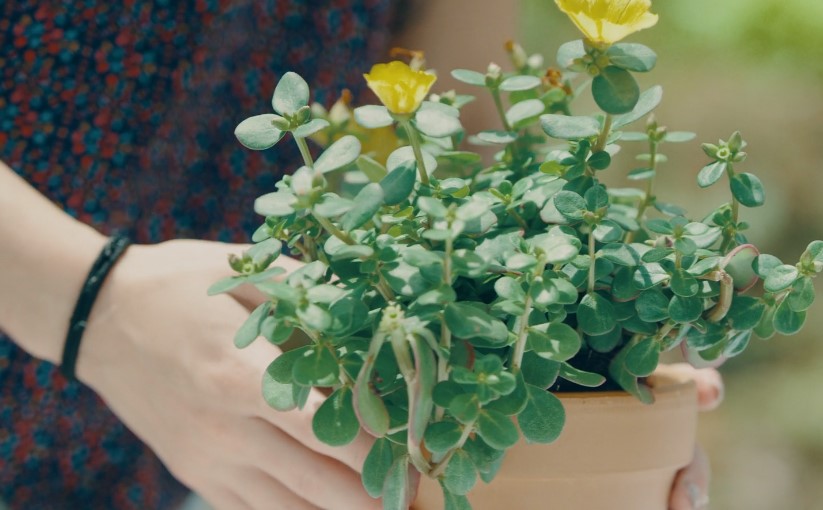
Every garden has its own unique character, and the plants you select can shape its identity, functionality, and impact on the environment.
Support Local Ecosystems
By choosing Illinois native plants, you’re directly contributing to local biodiversity. These co-evolved with local insects, birds, and mammals, providing the food and habitat they require. In particular, many pollinators have specialized relationships with native species, relying on them for survival.
Reduced Maintenance and Costs
Native plants have spent thousands of years adapting to local climate, soil, and precipitation patterns. Once established, they typically require less water, fewer fertilizers, and are more disease-resistant than many non-native species, translating to cost savings and less labor for you.
Year-Round Interest
Illinois natives provide a range of colors, textures, and forms throughout the year. From the spring blossoms of Wild Columbine to the striking autumn hues of Switchgrass, there’s always something to admire in a native garden.
Tips for Integrating Native Plants
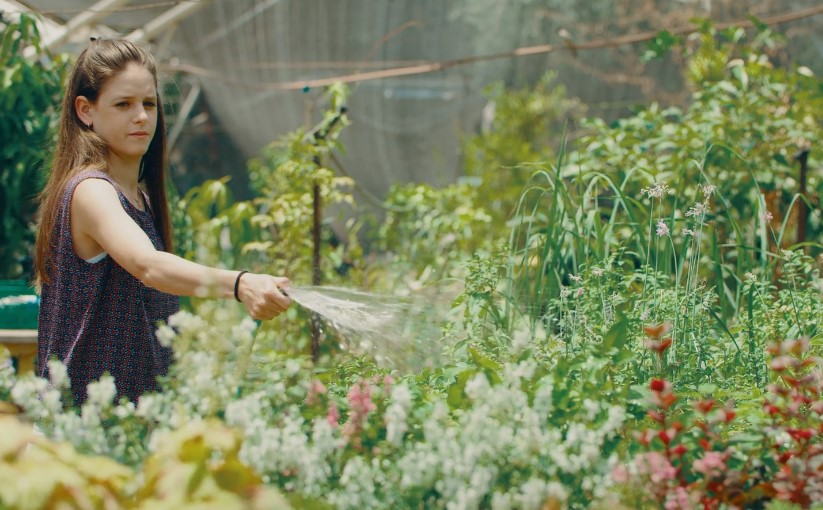
While native plants can be more forgiving, ensuring the best start for them can make your gardening experience even more rewarding.
Know Your Garden’s Conditions
Before purchasing plants, assess your garden’s sunlight exposure, soil type, and moisture levels. Even though native species are adaptable, each has its own preferred set of conditions.
Plant in Groups
Planting in clusters or drifts not only creates a visually appealing garden but also helps pollinators. They’re more likely to visit larger groupings of the same species, which facilitates more efficient foraging.
Be Patient
While some plants may quickly establish and bloom in the first year, others might take a season or two to truly flourish. Give them time and care, and they’ll reward you with a stunning display.
Sourcing Native Plants
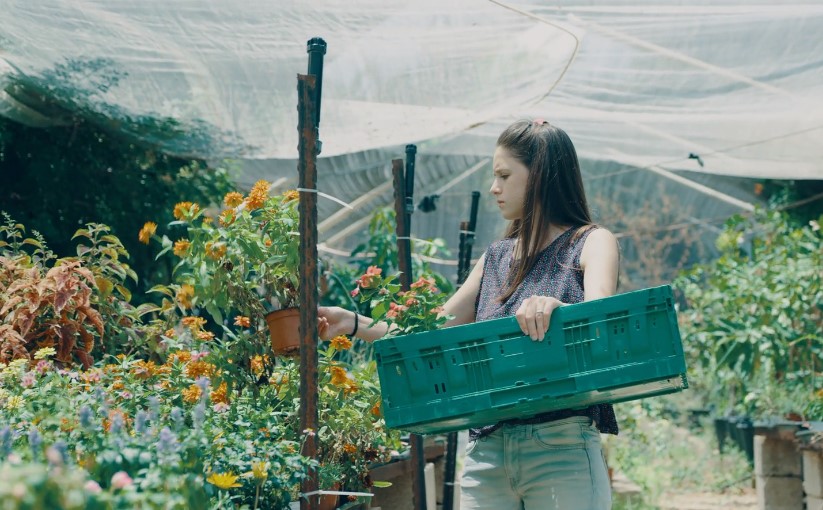
The increasing popularity of native gardening has made it easier to find local plants, but it’s still essential to source responsibly.
Local Nurseries and Plant Sales
Many local nurseries now offer a selection of native plants. Additionally, look for annual native plant sales hosted by local conservation groups or botanical gardens. These events often provide unique species that might not be available in mainstream nurseries.
Avoid Wild Collection
It might be tempting to transplant native plants from the wild, but this can harm delicate ecosystems. Always source from reputable nurseries that propagate their plants rather than collecting from the wild.
Seek Expert Advice
Joining a local native plant society or attending workshops can provide invaluable insights. Fellow members and experts can offer advice on plant selection, care, and sourcing.
FAQs
Why are non-native plants sometimes considered invasive in local ecosystems?
When introduced to new environments, they can sometimes out-compete local flora due to a lack of natural predators or controls. Without these checks and balances in place, these species can spread rapidly, monopolizing resources like sunlight, water, and nutrients, thereby suppressing or even displacing native species.
Over time, this can lead to reduced biodiversity and disrupt established ecological relationships.
How can I tell if a plant is truly native to Illinois?
To determine if it is native to Illinois, you can refer to local botanical references, online databases, or native guides specific to the region. Organizations such as the Illinois Native Plant Society offer extensive resources and lists of species indigenous to the state.
Are there specific pests or diseases I should be aware of when growing Illinois native plants?
While native species have evolved with local pests and are generally more resistant, they aren’t immune. Common issues might include fungal infections, aphids, or caterpillars.
However, it’s worth noting that some “pests,” like caterpillars of native butterflies, can be desirable as they signify a healthy, biodiverse ecosystem. Regularly inspecting plants and practicing good garden hygiene can help mitigate severe infestations.
Can I mix native and non-native plants in my garden?
Absolutely! Many gardeners choose to incorporate both native and non-native species in their landscapes. When doing so, it’s essential to ensure that non-native selections are not invasive and won’t pose a threat to local ecosystems.
Combining both types can create a diverse, vibrant garden while still reaping the benefits that native species offer.
Do native plants require specific soil amendments or fertilizers?
Generally, Illinois native plants are adapted to local soil conditions and don’t require specific amendments. However, like all species, they can benefit from nutrient-rich, well-draining soil. It’s best to avoid excessive fertilization, as native species aren’t accustomed to overly rich soils, and too much fertilizer can lead to rapid growth at the expense of overall health and flower production.
Can I create a wildlife-friendly garden solely with Illinois native plants?
Definitely! Native plants inherently support local wildlife, from providing nectar for pollinators to serving as food sources for various fauna.
By planting a diverse array of native species, you’ll be creating a haven for birds, butterflies, beneficial insects, and even mammals, turning your garden into a vibrant wildlife sanctuary.
Final Words
Choosing native plants for your Illinois landscape is not only an aesthetic decision but an ecological one. These species have evolved to thrive in the local conditions, requiring less maintenance and offering benefits to local wildlife.
Whether you’re a gardening novice or a seasoned pro, integrating Illinois native plants can lead to a more vibrant, sustainable, and captivating landscape.

